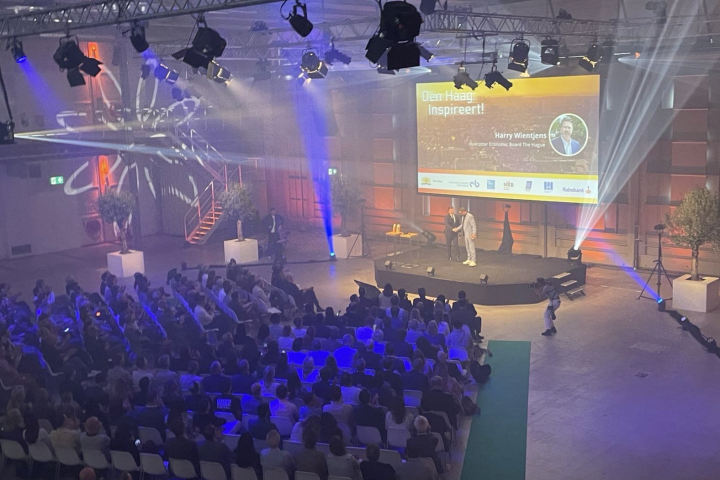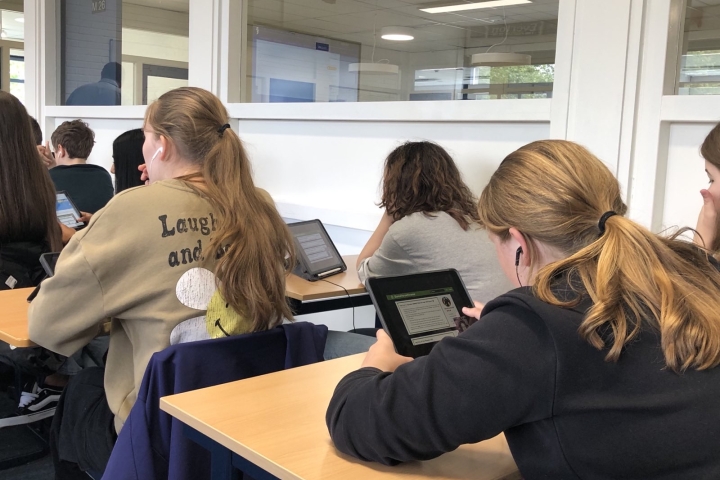BusinessForensics wins SBIR Grant for innovative cyber security solution
High-tech start-up BusinessForensics has won the SBIR ‘Cyber Security’ 2013 in collaboration with its partners TU Delft, TNO and TEXAR Data Science. SBIR is an initiative of AgentschapNL backed by the ministries of Security and Justice, Foreign Affairs and Defence, as well as NWO to boost cyber security research in the Netherlands. As the winner of ‘SBIR Cyber security 2013’, Business Forensics will receive a financial contribution towards the development of its platform. A feasibility study (phase 1) of the 19 selected proposals left 8 proposals eligible for phase 2 where each one is approved for further development. One of these proposals being the “Real-time monitoring and Adaptive Cyber Intelligence” of BusinessForensics. Central to Phase 2 is the development of an innovative platform for cybercrime-detection, using the most modern techniques of artificial intelligence, big data analysis and human-machine interaction.
About BusinessForensics
BusinessForensics –member of the HSD network – is a Dutch High-Tech start-up with an innovative software platform. The software allows banks, insurance companies, telecommunications companies and government institutions to monitor and research fraudulent as well as other forms of (financial & cyber) criminal activities. “By winning the SBIR Cyber Security, BusinessForenics will be able to show that its software platform can be of great value for the (future) monitoring and safeguarding of Dutch critical infrastructures”, said Tames Rietdijk, Partner at BusinessForensics. In addition to an in-memory big data analysis module for real-time detection of abnormalities, the BusinessForensics platform also has an advanced research and case management module. With this, effective research can be done on perceived threats such as: cyber crime, money laundering, credit card and telecom fraud, organised crime, and all sorts of other complex criminal cases. The system helps with efficient and meaningful analysis and visualisation of large amounts of data and complex connections: “from Big Data to Big Information”.





















